Native plumbush,
Plumbush,
Northern Sandalwood
Display all 21 images
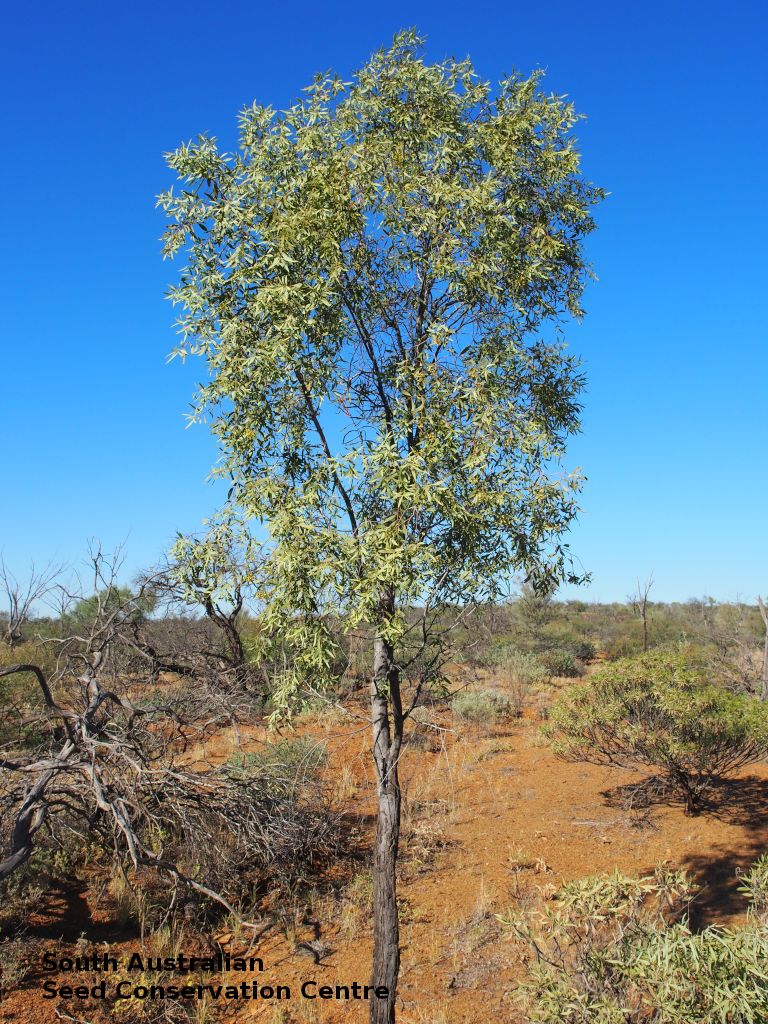
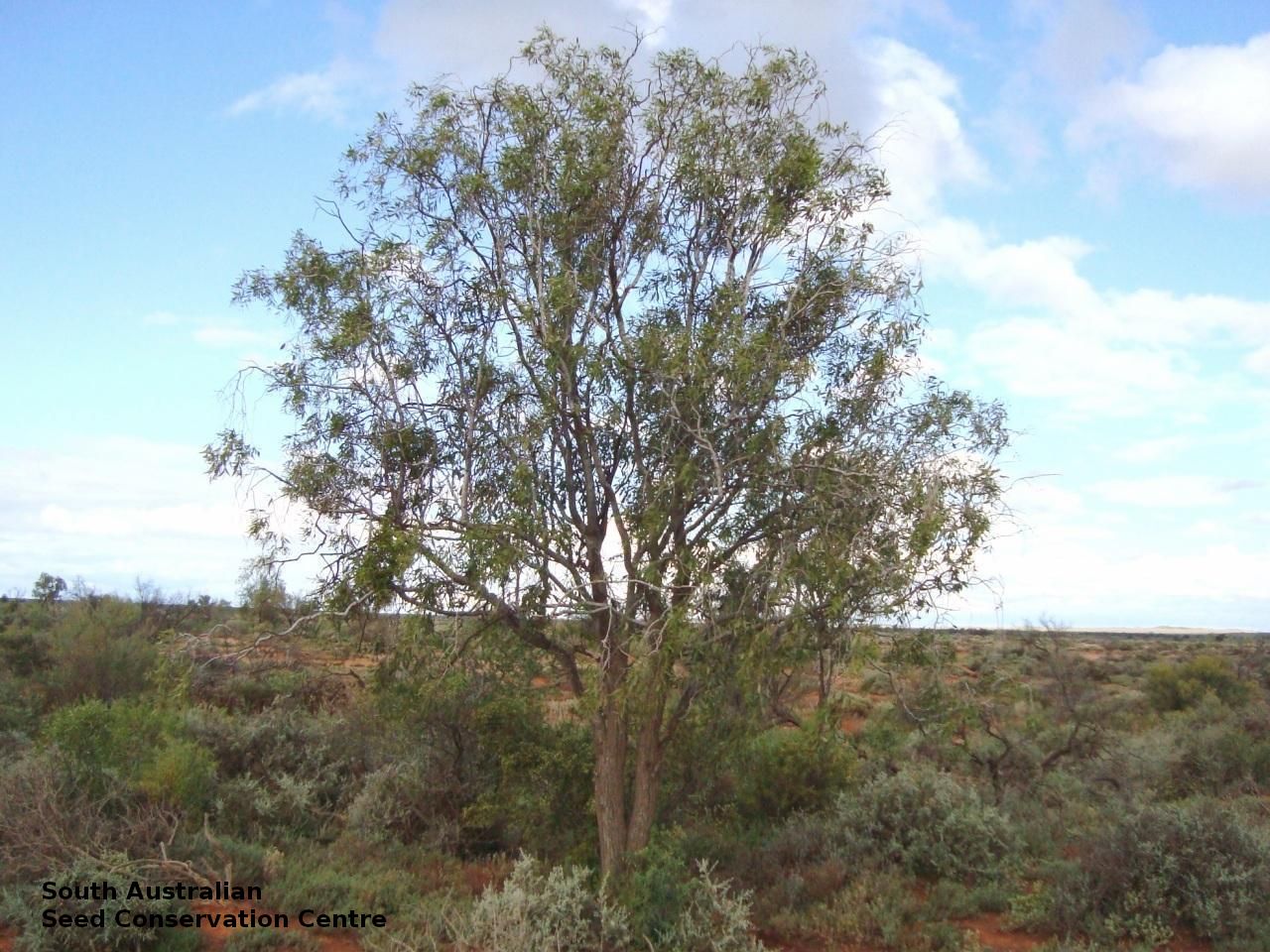
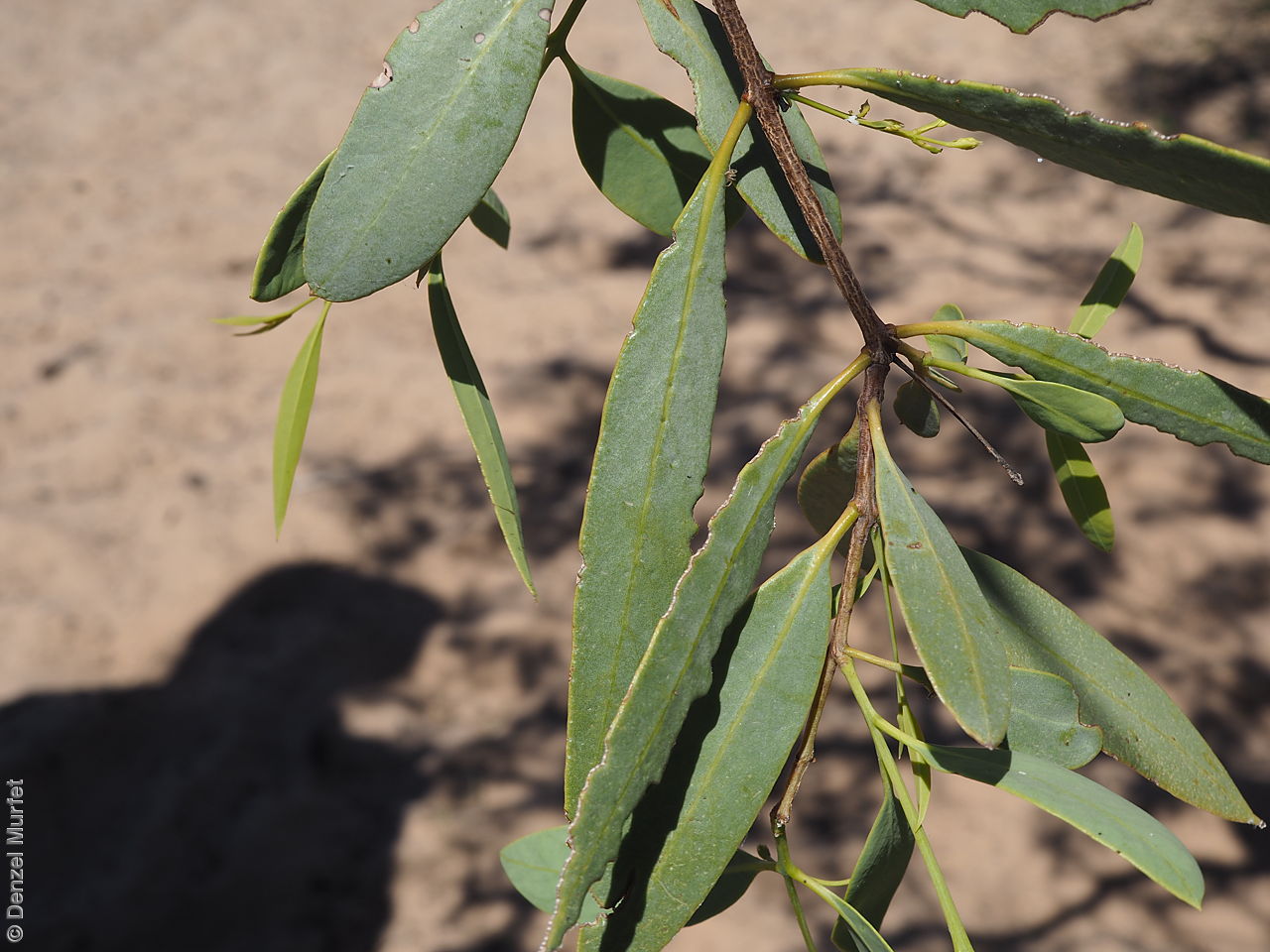
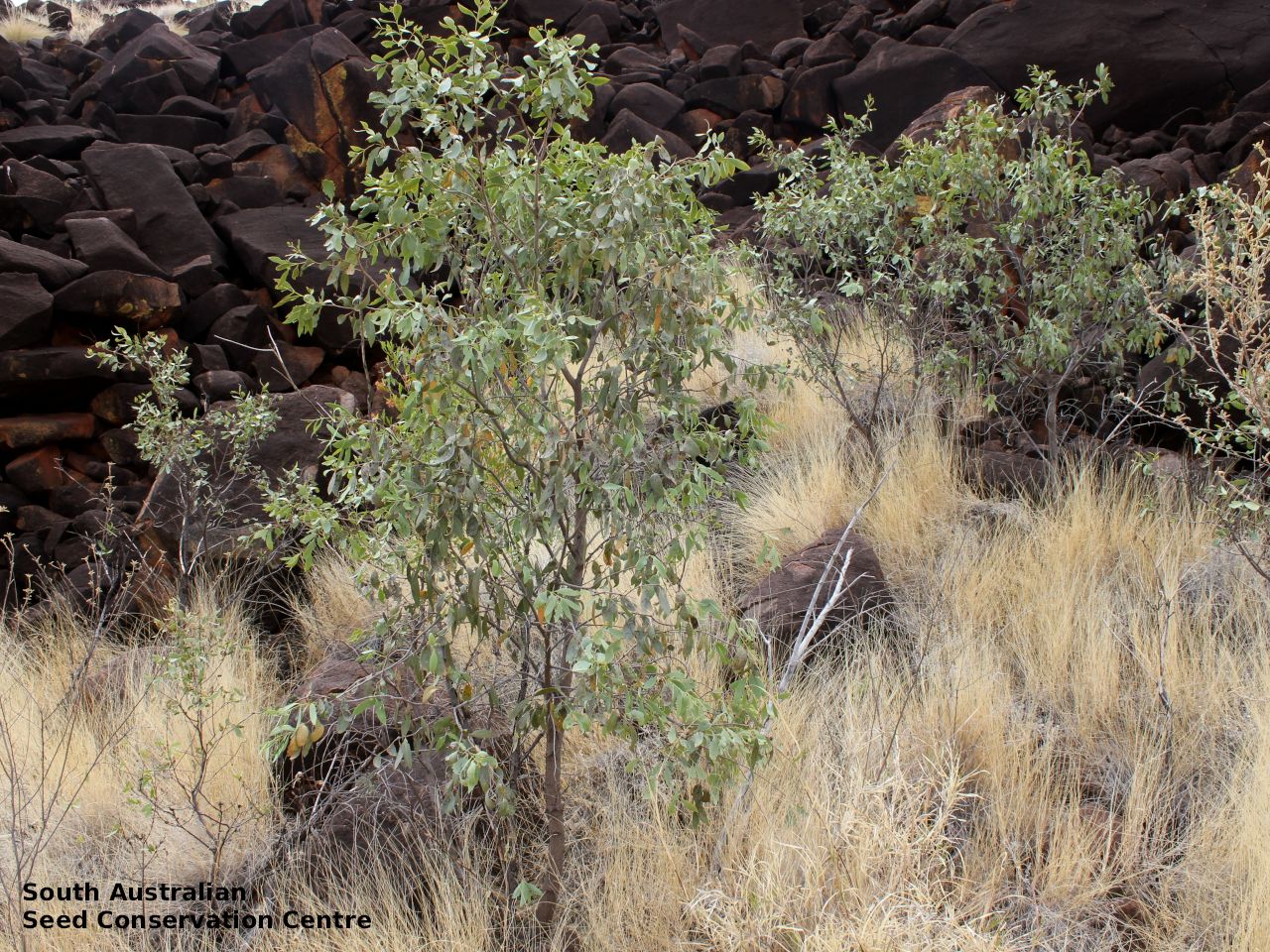
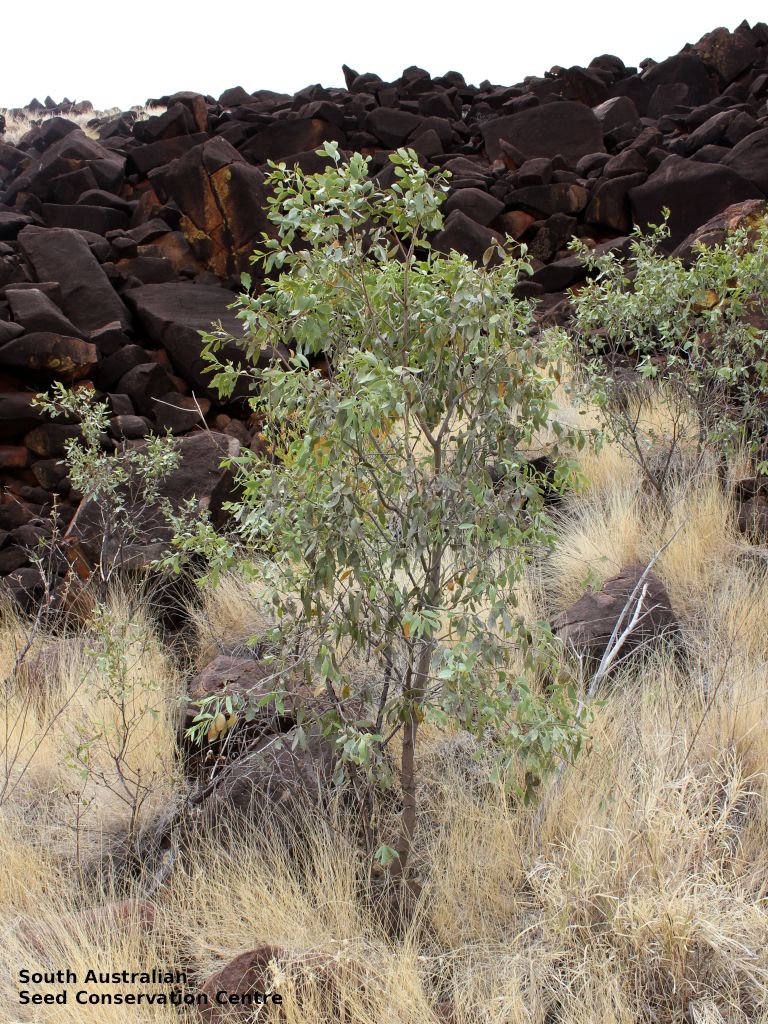
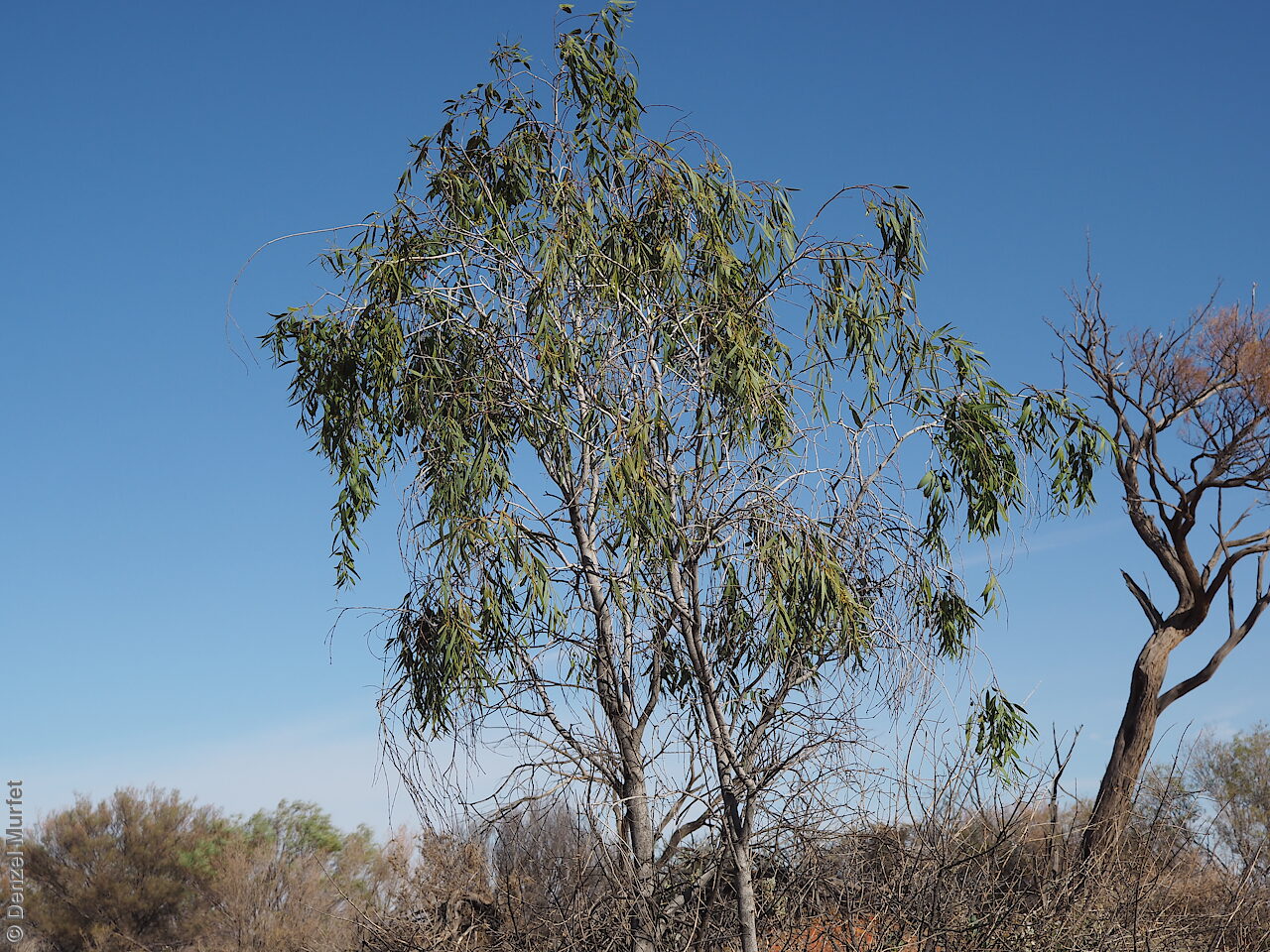
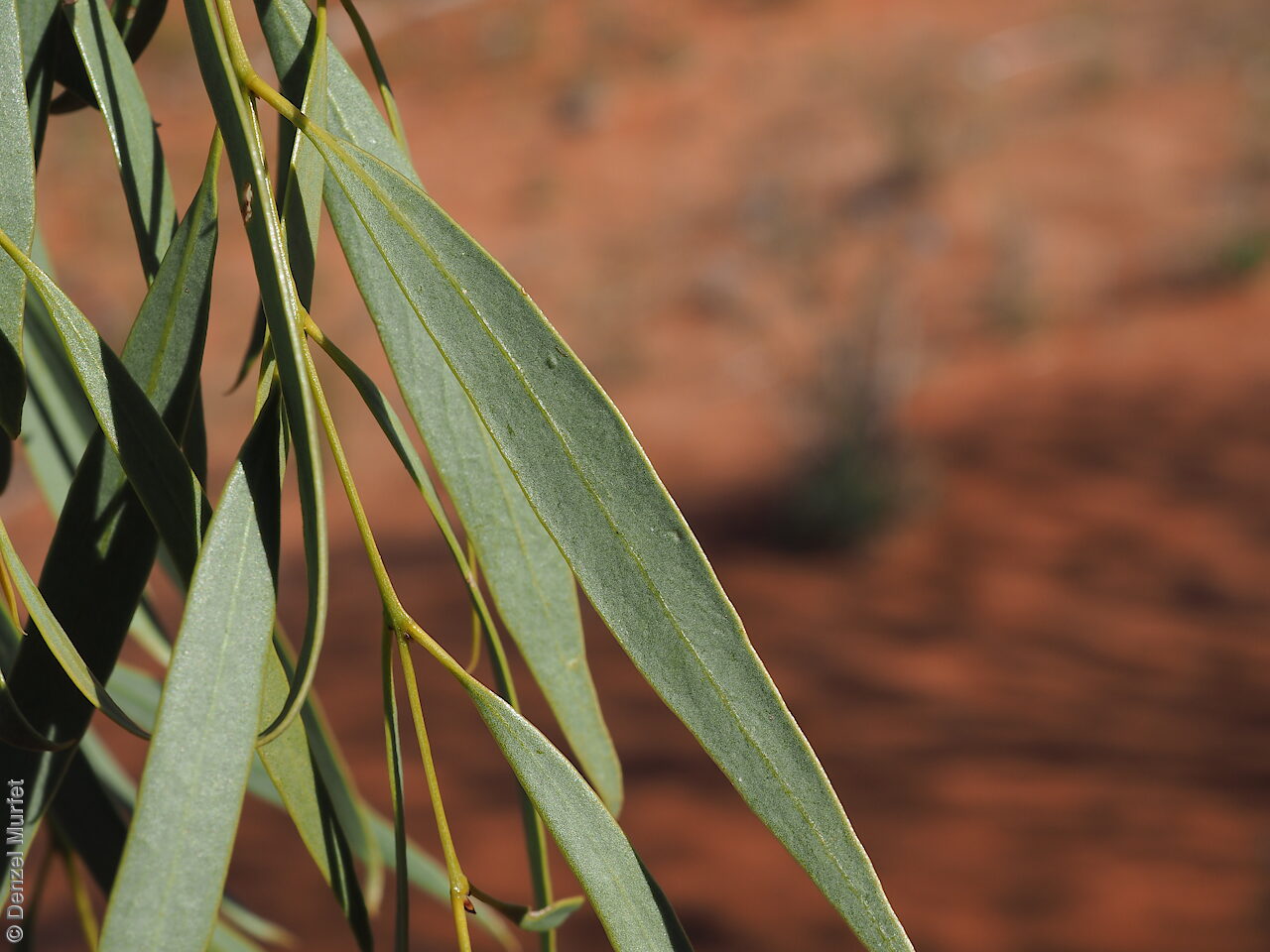
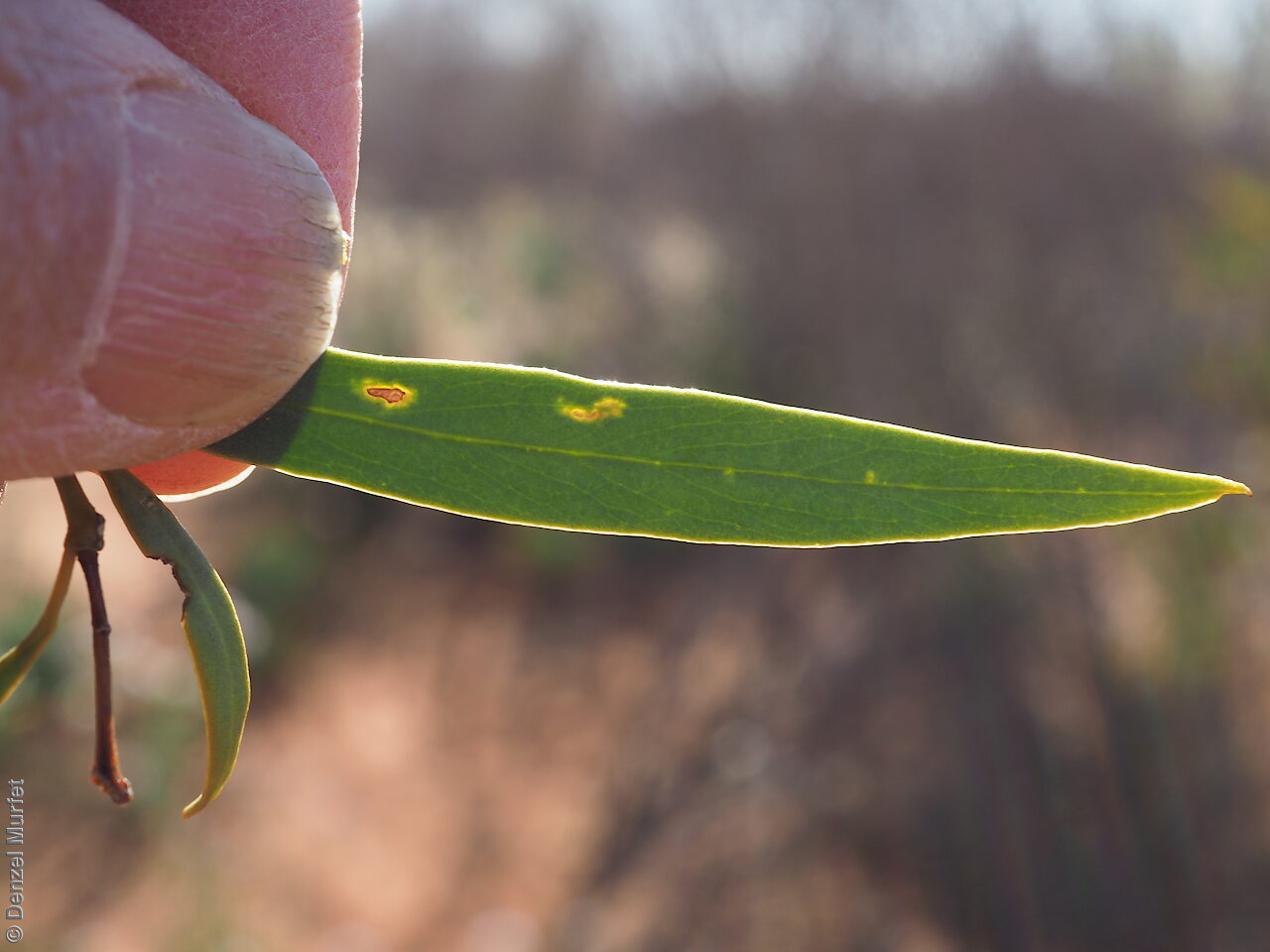
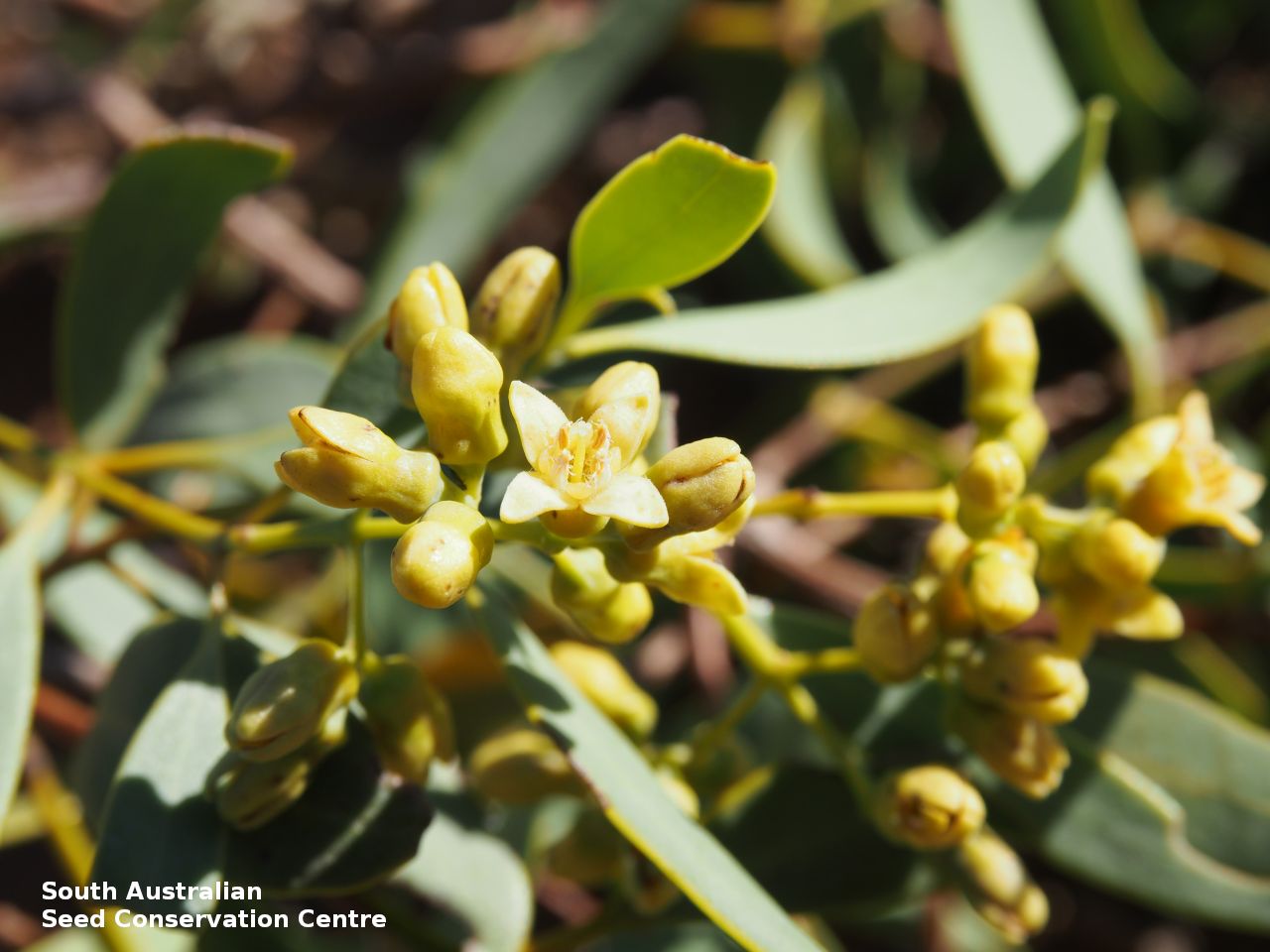
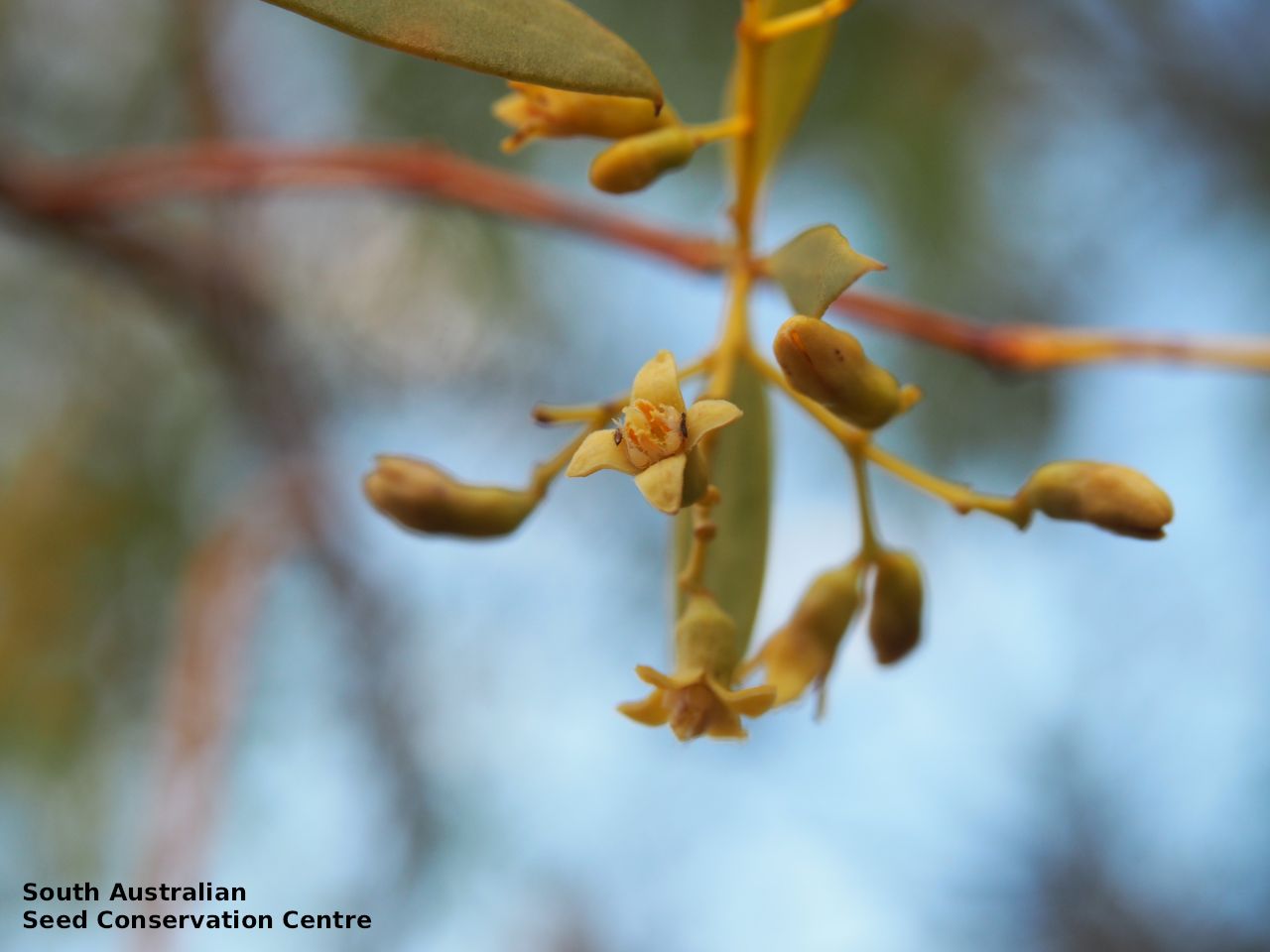
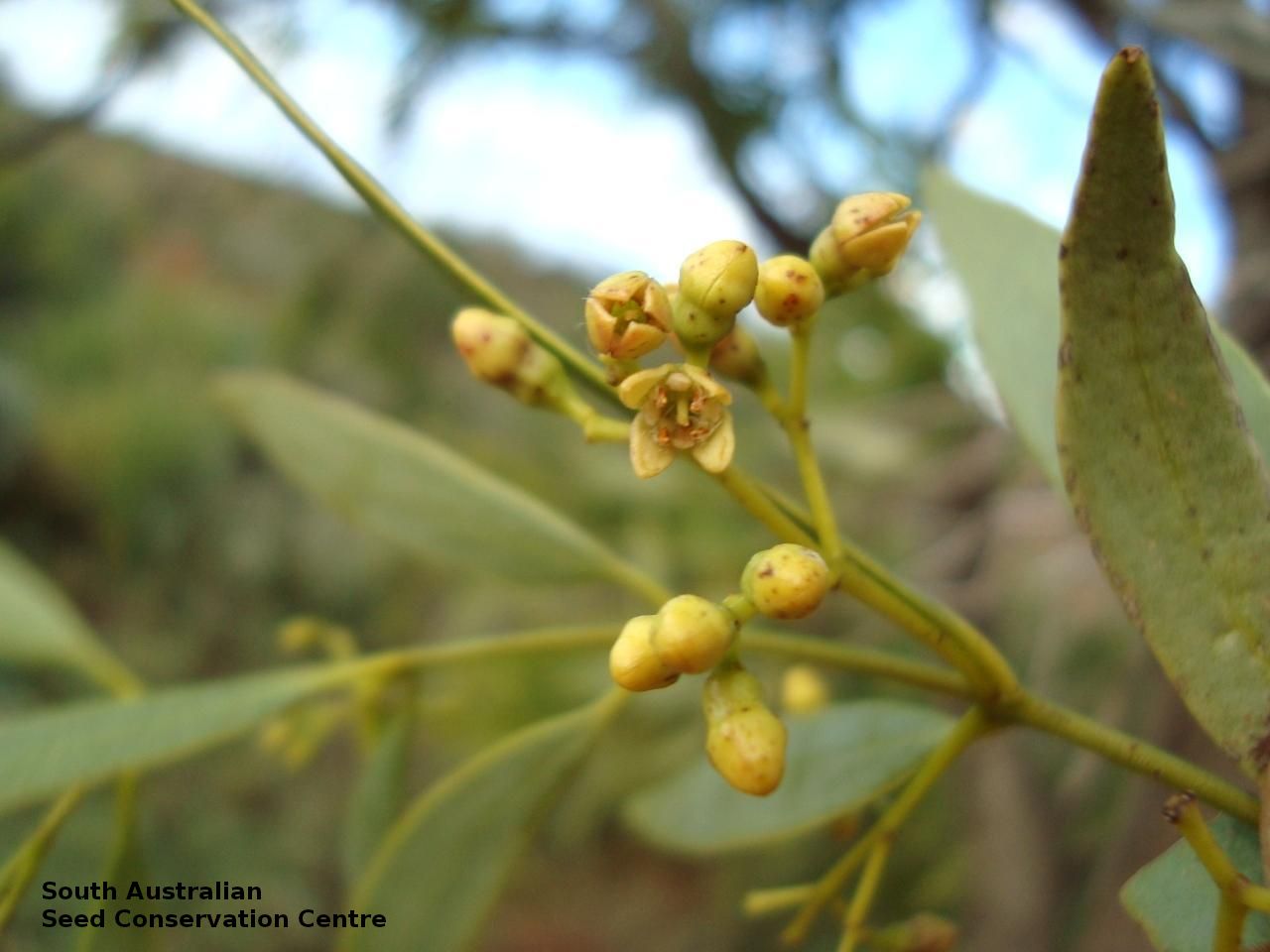
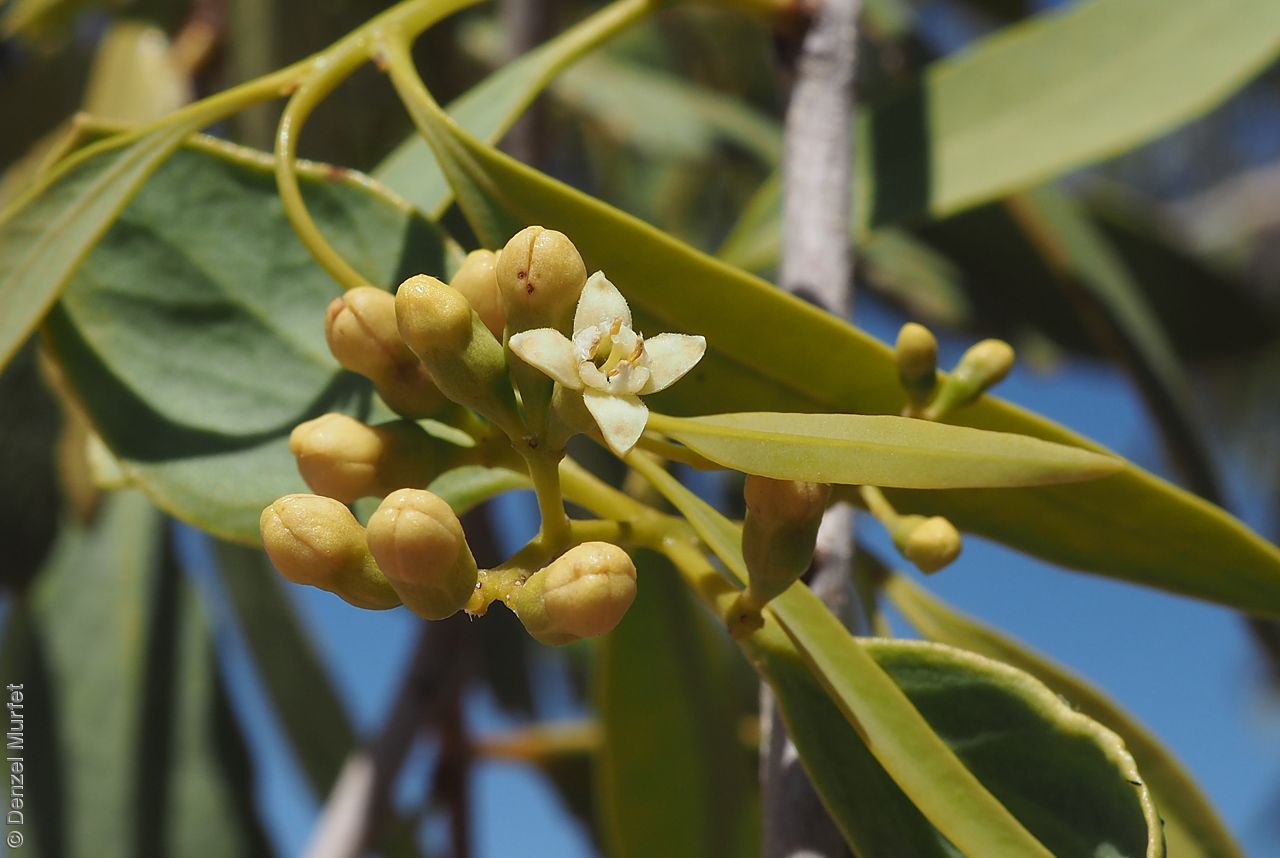
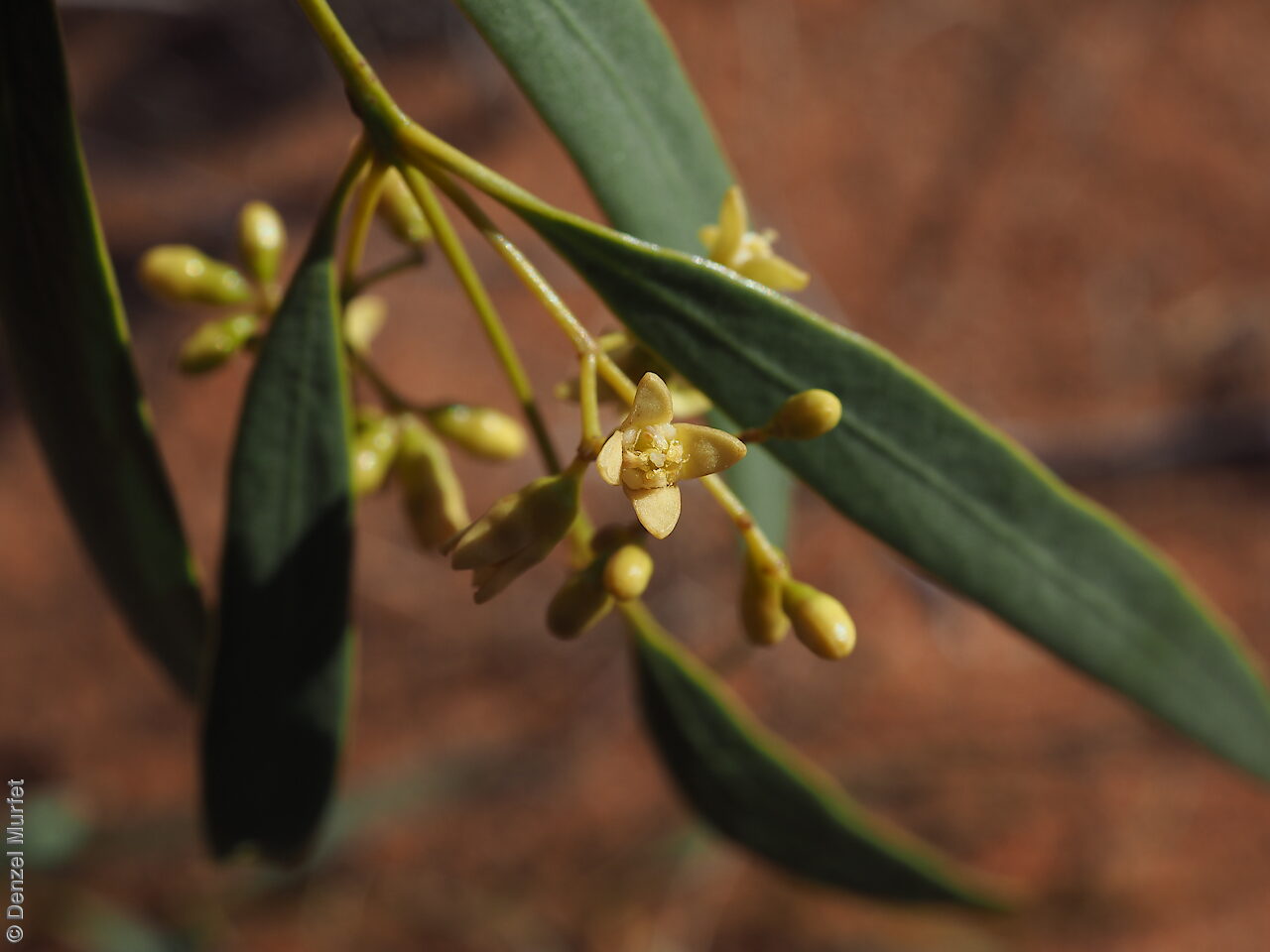
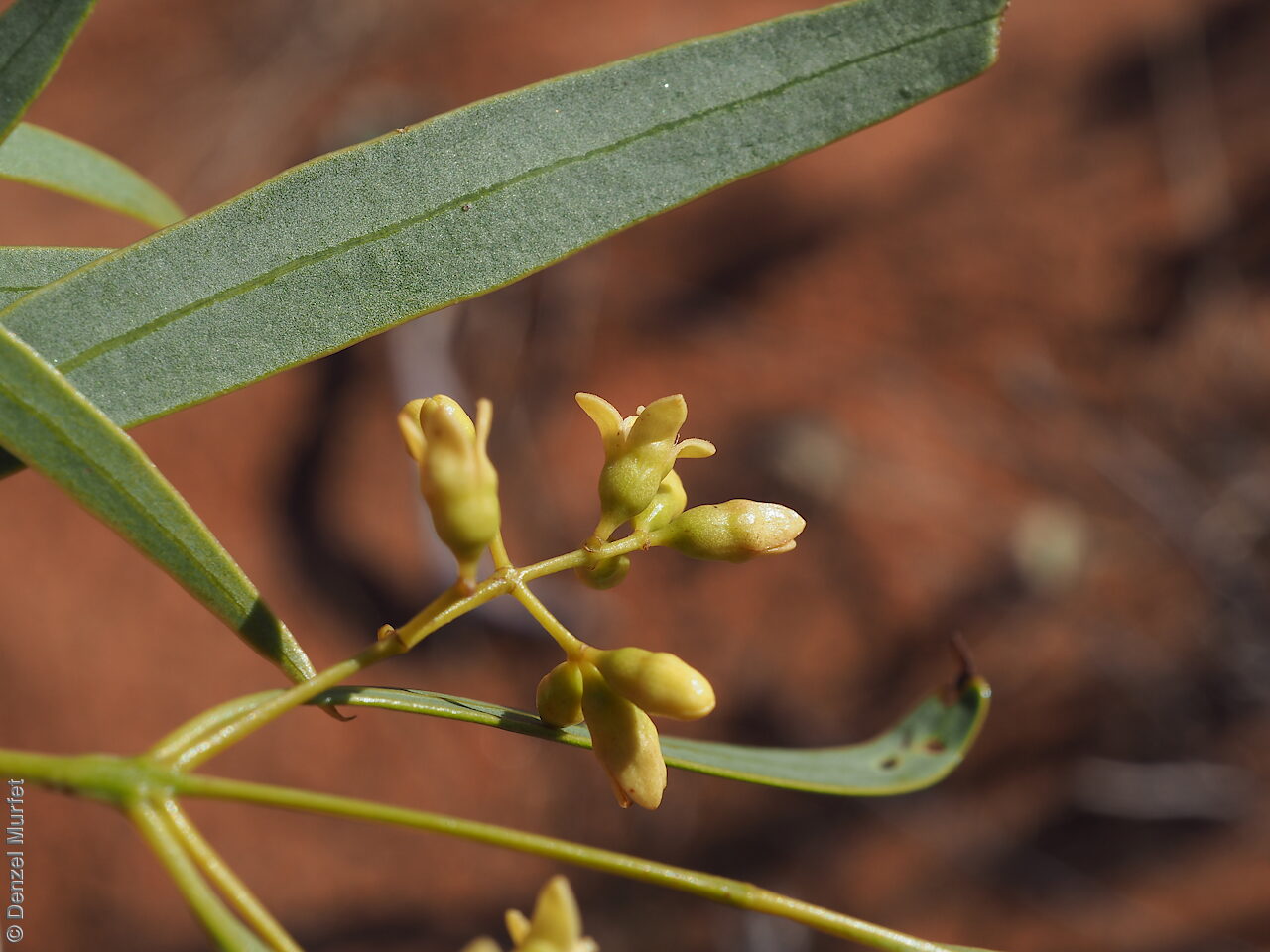
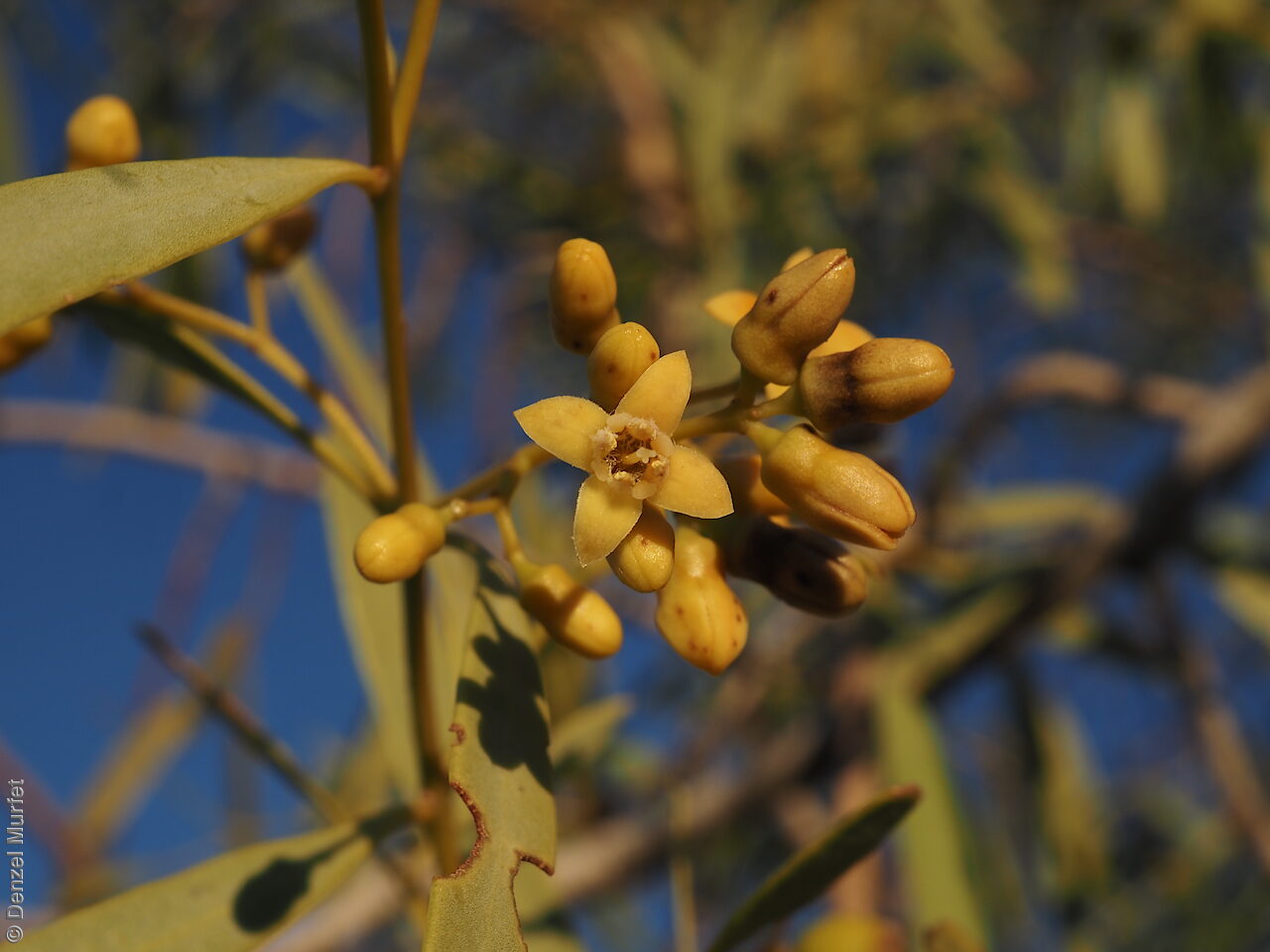
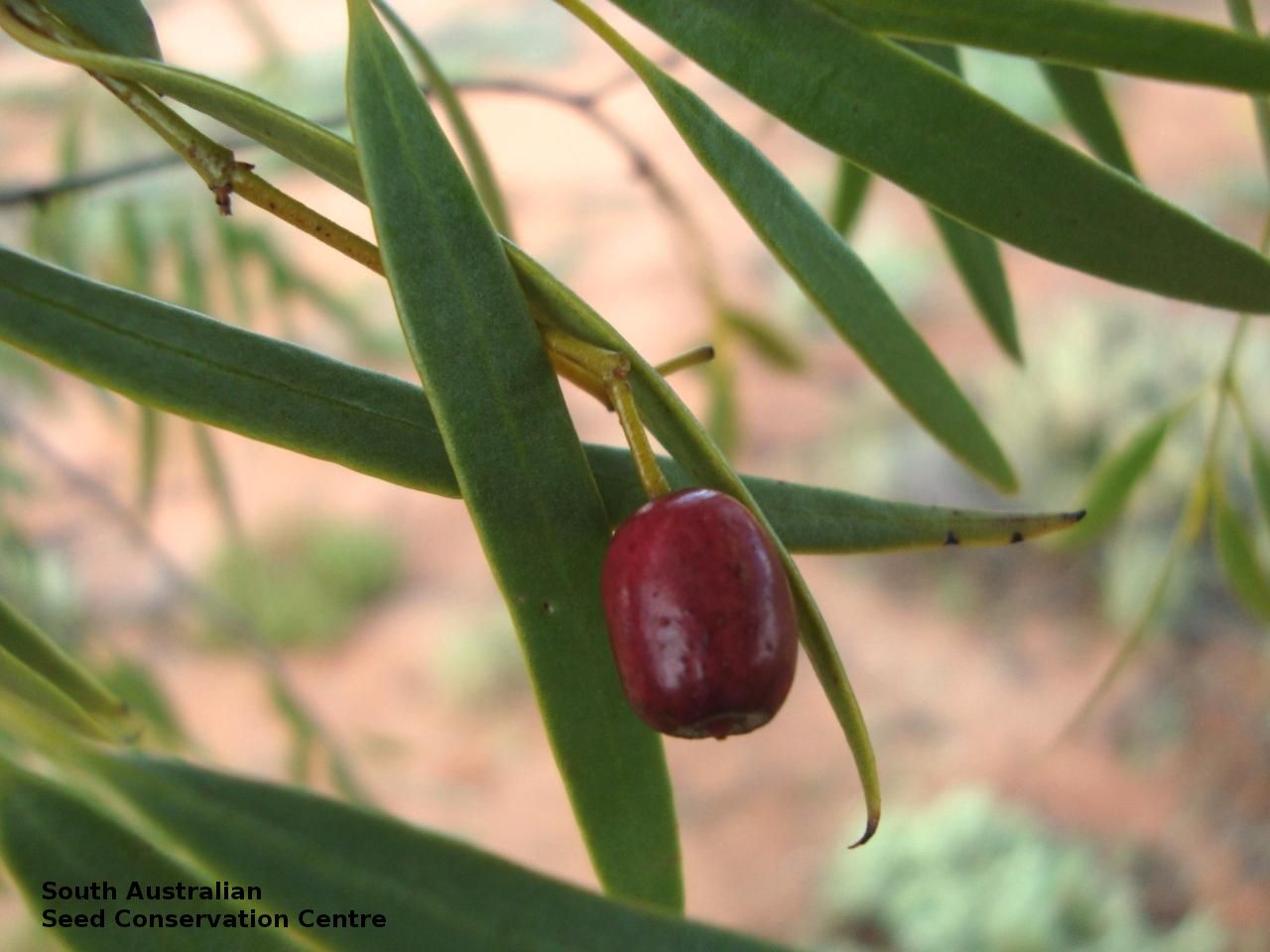
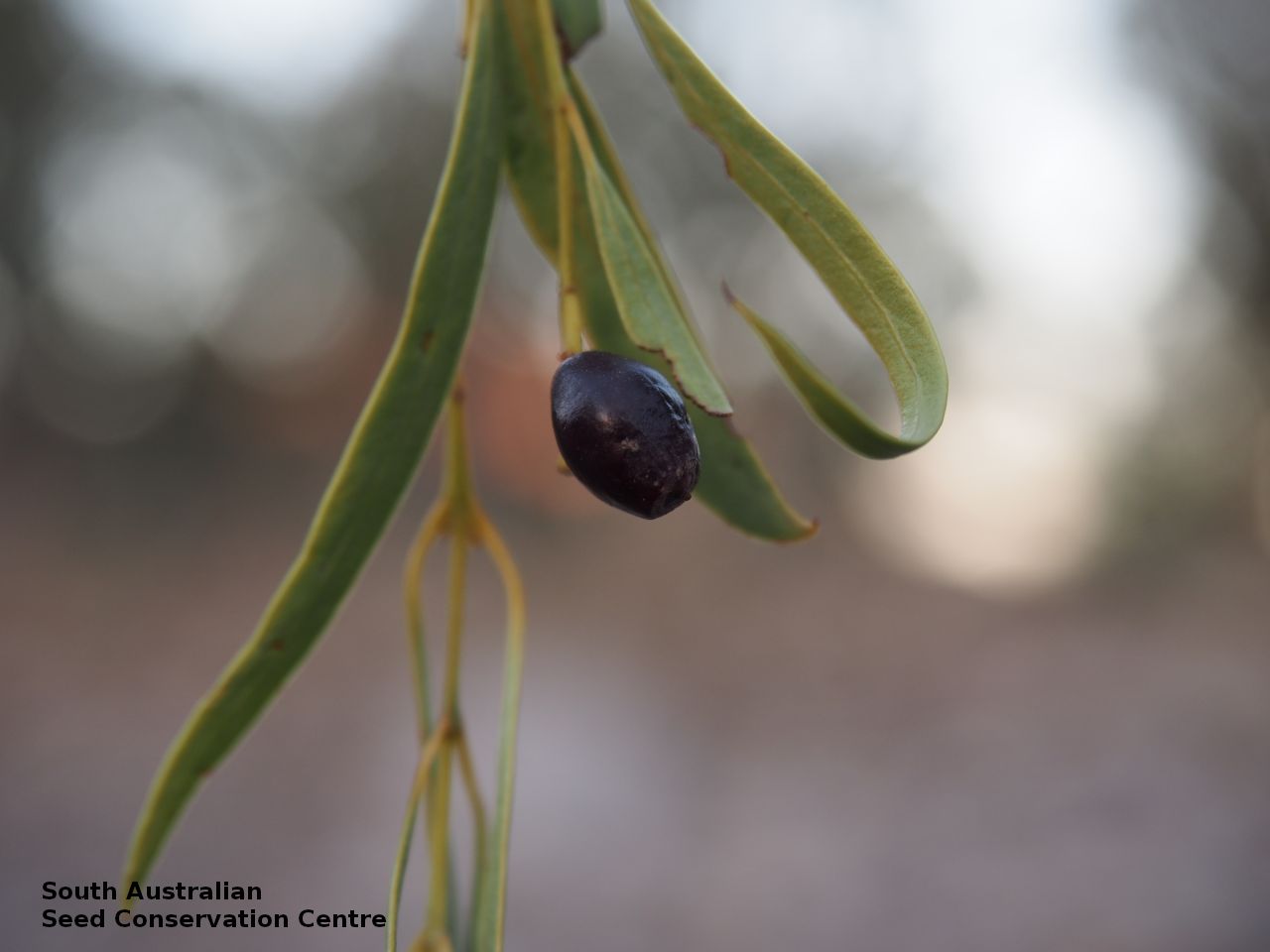
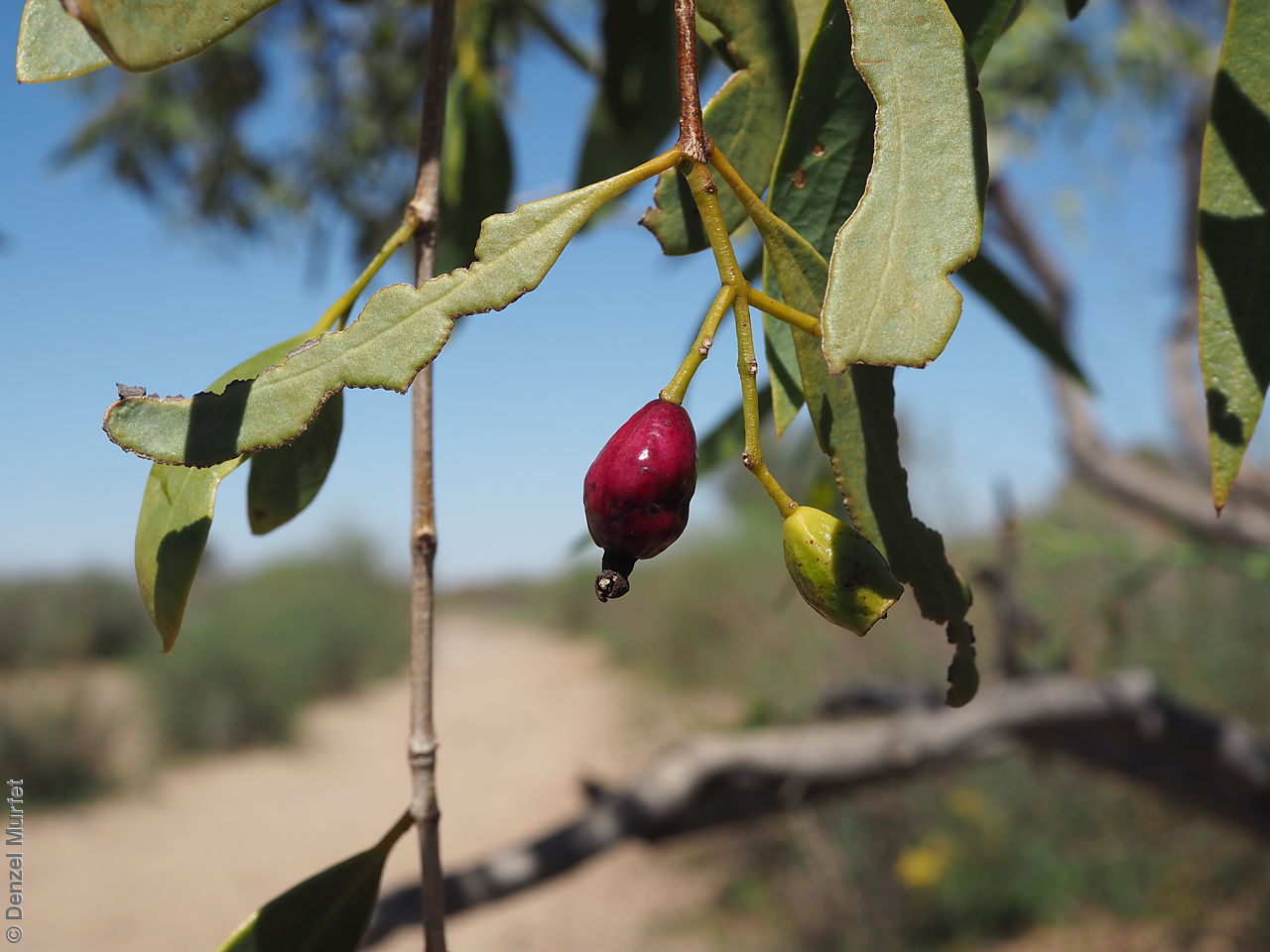
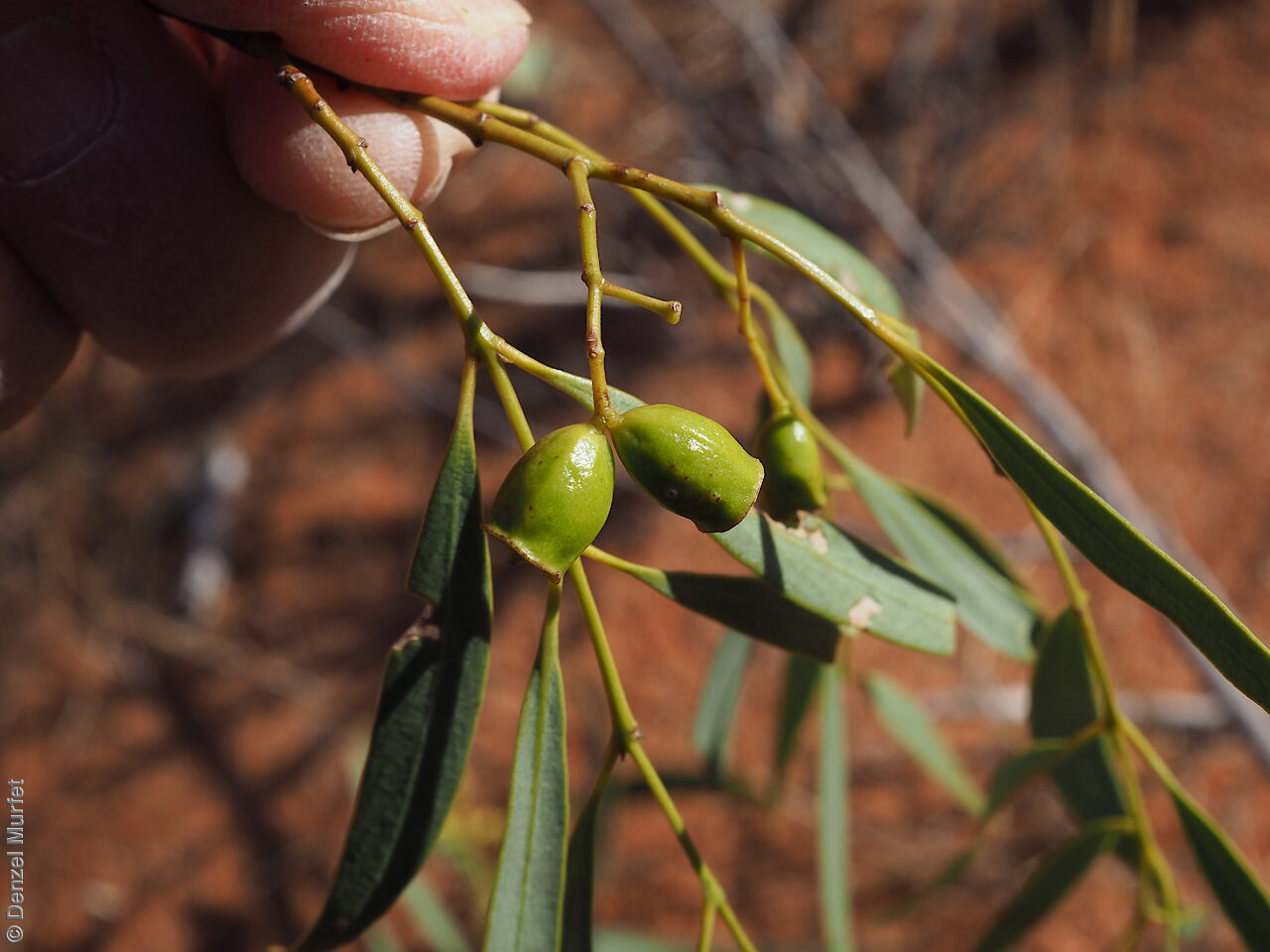
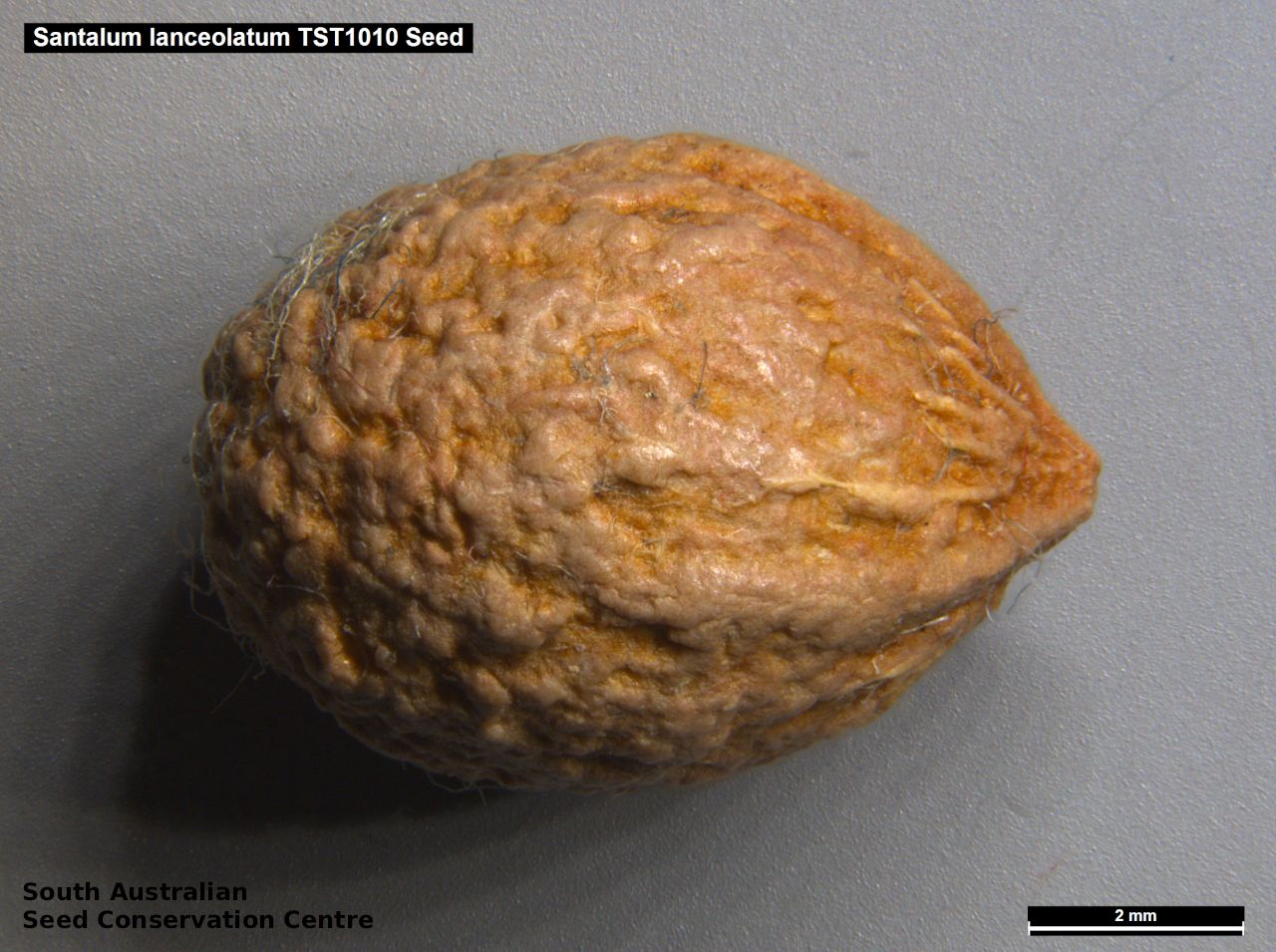
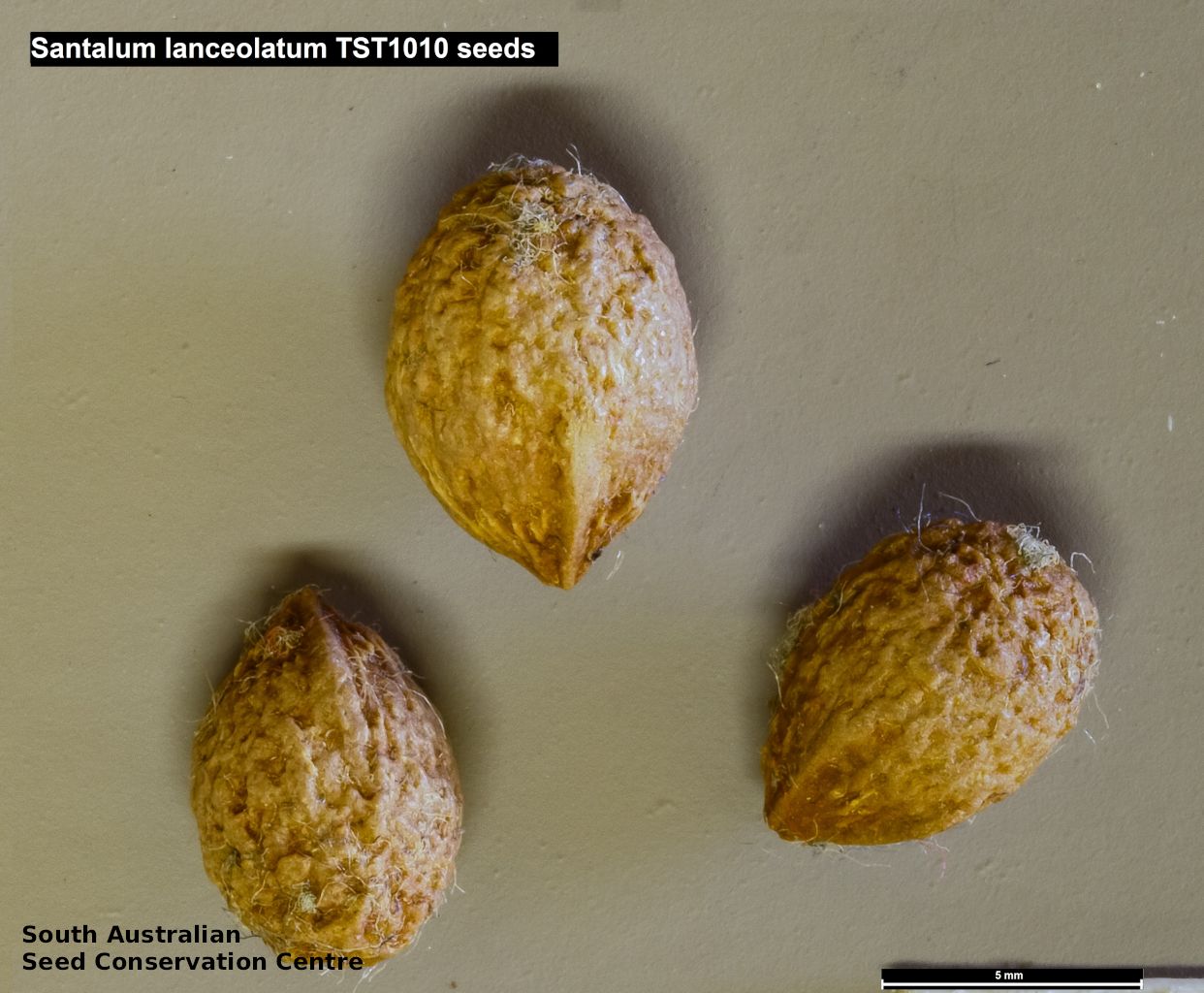
Regional Species Conservation Assessments per IBRA subregion.

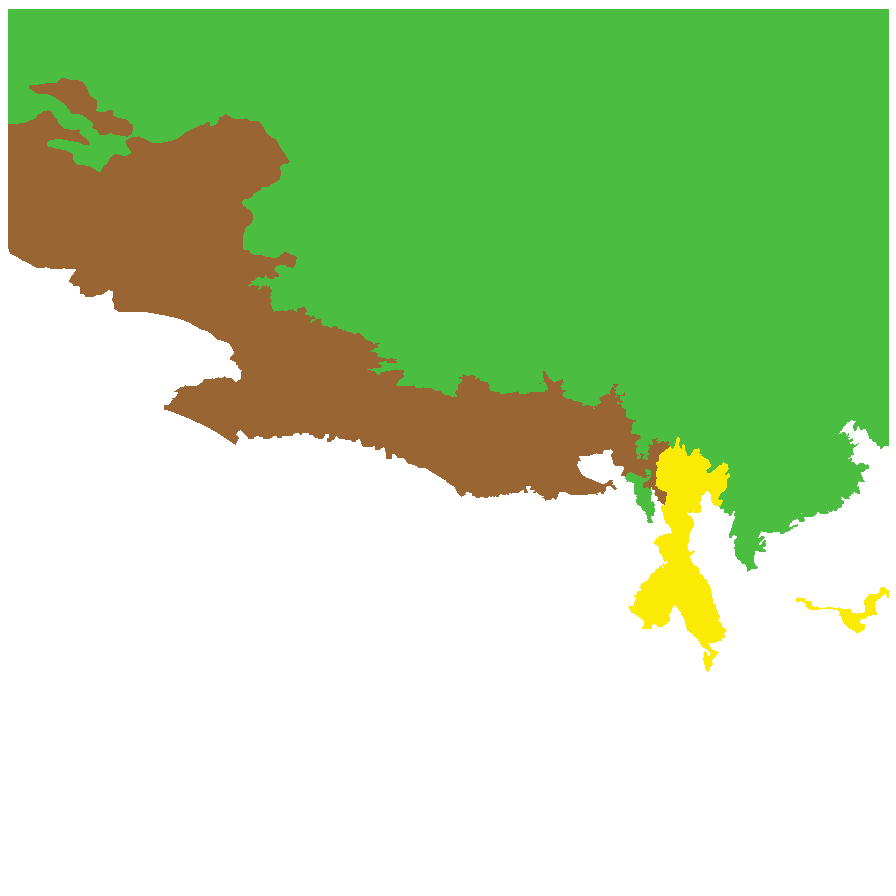
Least concern
Near threatened
Rare
Vulnerable
Endangered
Critically endangered
Extinct
Data deficient
Adelaide
Arkaroola
Ceduna
Coober Pedy
Hawker
Innamincka
Marla
Marree
Mount Gambier
Oodnadatta
Renmark
Wudinna
Keith
Yunta
Display IBRA region text
| Olary Spur (FLB03) | Flinders Lofty Block | Least Concern |
| Southern Flinders (FLB04) | | Vulnerable (IUCN: VU D2) |
| Northern Flinders (FLB05) | | Least Concern |
| Central Flinders (FLB06) | | Least Concern |
| St Vincent (EYB02) | Eyre Yorke Block | Vulnerable (IUCN: VU D2) |
| Murray Scroll Belt (RIV06) | Riverina | Vulnerable (IUCN: VU D1+2) (Probable Decline) [highly localised on cliffs; good stock fodder] |
| Gawler Volcanics (GAW02) | Gawler | Rare (IUCN: RA d(i,ii)) |
| Gawler Lakes (GAW03) | | Rare (IUCN: RA d(ii)) |
| Arcoona Plateau (GAW04) | | Least Concern |
| Kingoonya (GAW05) | | Least Concern |
| Torrens (GAW06) | | Least Concern |
| Roxby (GAW07) | | Least Concern |
| Commonwealth Hill (GAW08) | | Least Concern |
| Maralinga (GVD03) | Great Victoria Desert | Rare (IUCN: RA d(ii)) |
| Kintore (GVD04) | | Least Concern |
| Tallaringa (GVD05) | | Least Concern |
| Yellabinna (GVD06) | | Rare (IUCN: RA d(i,ii)) |
| Yalata (NUL03) | Nullarbor | Rare (IUCN: RA d(ii)) [no records] |
| Barrier Range Outwash (BHC04) | Broken Hill Complex | Least Concern |
| Bimbowrie (BHC05) | | Least Concern |
| Curnamona (BHC06) | | Least Concern |
| Simpson Desert (SSD02) | Simpson Strzelecki Dunefields | Least Concern |
| Dieri (SSD03) | | Least Concern |
| Warriner (SSD04) | | Least Concern |
| Strzelecki Desert (SSD05) | | Least Concern |
| Breakaways (STP01) | Stony Plains | Least Concern |
| Oodnadatta (STP02) | | Least Concern |
| Murnpeowie (STP03) | | Least Concern |
| Peake-Dennison Inlier (STP04) | | Least Concern |
| Macumba (STP05) | | Least Concern |
| Witjira (STP06) | | Least Concern |
| Baltana (STP07) | | Least Concern |
| Sturt Stony Desert (CHC02) | Channel Country | Least Concern |
| Diamantina-Eyre (CHC04) | | Least Concern |
| Coongie (CHC06) | | Least Concern |
| Lake Pure (CHC07) | | Least Concern |
| Mann-Musgrave Block (CER01) | Central Ranges | Least Concern |
| Watarru (CER02) | | Rare (IUCN: RA d(i,ii)) |
| Everard Block (CER03) | | Least Concern |
| Tieyon (FIN03) | Finke | Least Concern |
| Pedirka (FIN04) | | Least Concern |
| 4 of 6 subregions | Flinders Lofty Block | Least Concern , Vulnerable |
| St Vincent (EYB02) | Eyre Yorke Block | Vulnerable (IUCN: VU D2) |
| Murray Scroll Belt (RIV06) | Riverina | Vulnerable (IUCN: VU D1+2) (Probable Decline) [highly localised on cliffs; good stock fodder] |
| 7 of 8 subregions | Gawler | Least Concern , Rare |
| 4 of 4 subregions | Great Victoria Desert | Least Concern , Rare |
| Yalata (NUL03) | Nullarbor | Rare (IUCN: RA d(ii)) [no records] |
| 3 of 4 subregions | Broken Hill Complex | Least Concern |
| 4 of 4 subregions | Simpson Strzelecki Dunefields | Least Concern |
| 7 of 7 subregions | Stony Plains | Least Concern |
| 4 of 4 subregions | Channel Country | Least Concern |
| 3 of 3 subregions | Central Ranges | Least Concern , Rare |
| 2 of 2 subregions | Finke | Least Concern |
Botanical art
Kath Alcock paintings: 15
Prior names
Santalum leptocladum
Santalum lanceolatum var. angustifolium
Common names
Native plumbush
Plumbush
Northern Sandalwood
Etymology
Santalum from the Greek santalon, which is derived from the Sanskrit chandana meaning fragrant, named for the Indian sandalwood. Lanceolatum from the Latin lanceola, meaning a lance and referring to the shape of the leaf.
Distribution and status
Found across the arid regions of South Australia, north of Port Augusta with a few records from Yorke Peninsula, Northern Lofty and the Murraylands. Also occurs in Western Australia, Northern Territory, Queenlsand, New South Wales and Victoria. Common in South Australia. Common interstate.
Herbarium regions: North Western, Lake Eyre, Gairdner-Torrens, Flinders Ranges, Eastern, Eyre Peninsula, Northern Lofty, Murray, Yorke Peninsula
NRM regions: Alinytjara Wilurara, Eyre Peninsula, Northern and Yorke, South Australian Arid Lands, South Australian Murray-Darling Basin
AVH map: SA distribution map (external link)
Plant description
Tall shrub or small tree to 4m tall with fleshy yellow-green leaves arranged in pairs and drooping down on the branches. Flower is small and pale yellow. Fruits are small, ovoid, dark red, fleshy fruit to about 1.5cm long. Seeds are small, woody, ovoid seed to 1cm long.
Seed collection and propagation
Collect seeds between September and January. Pick by hand fruits that are turning red and soft and the woody seed inside is hard. Place the fruits in a bucket of water and rub with your hands to remove the soft flesh. Remove any seeds that are floating. These will be empty seeds. Drain the water and keep only the hard seeds at the bottom. Place the seeds on paper towel and leave to dry. Store the seeds with a desiccant such as dried silica beads or dry rice, in an air tight container in a cool and dry place. From one collection, the seed viability was high, at 100%. This species has physiological dormancy that need to be overcome for the seed to germinate (e.g. nicking the seed coat).
| Location | No. of seeds
(weight grams) | Number
of plants | Date
collected | Collection number
Collection location | Date
stored | % Viability | Storage
temperature |
MSB |
310 (24.63 g) | | 24-Nov-2005 | DJD236
Flinders Ranges | | | |
MSB |
1,300 (167 g) | >100 | 11-Jan-2006 | DJD236
Flinders Ranges | | | |
| BGA | 1,230 (87.11 g) | 50+ | 10-Jan-2006 | DDC1430
Eastern | 8-Aug-2006 | 100% | -18°C |
Location: BGA — the seeds are stored at the Adelaide Botanic Gardens, MSB — the seeds are stored at the Millennium Seed Bank, Kew, England.
Number of plants: This is the number of plants from which the seeds were collected.
Collection location: The Herbarium of South Australia's region name.
% Viability: Percentage of filled healthy seeds determined by a cut test or x-ray.
Germination table:
Display



















